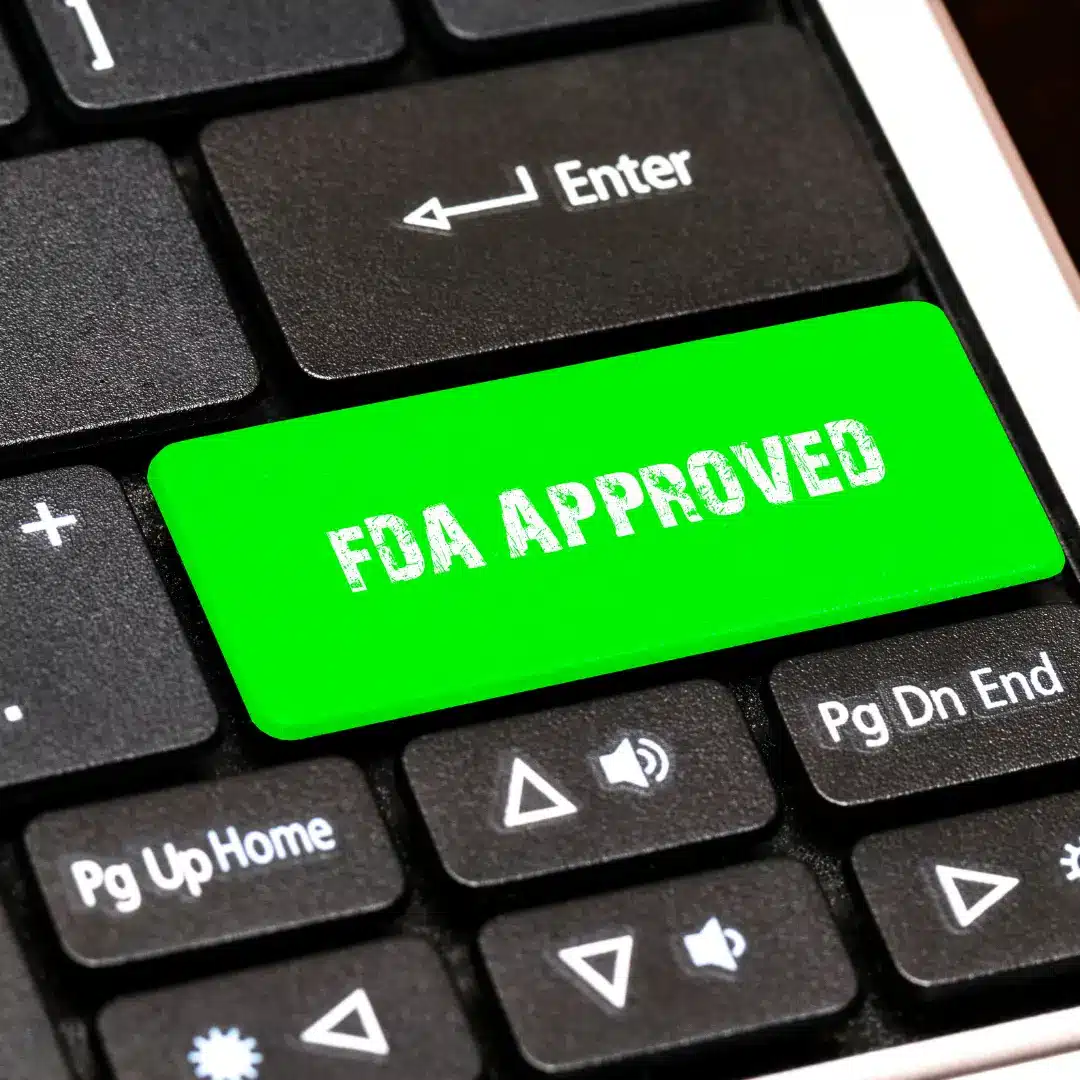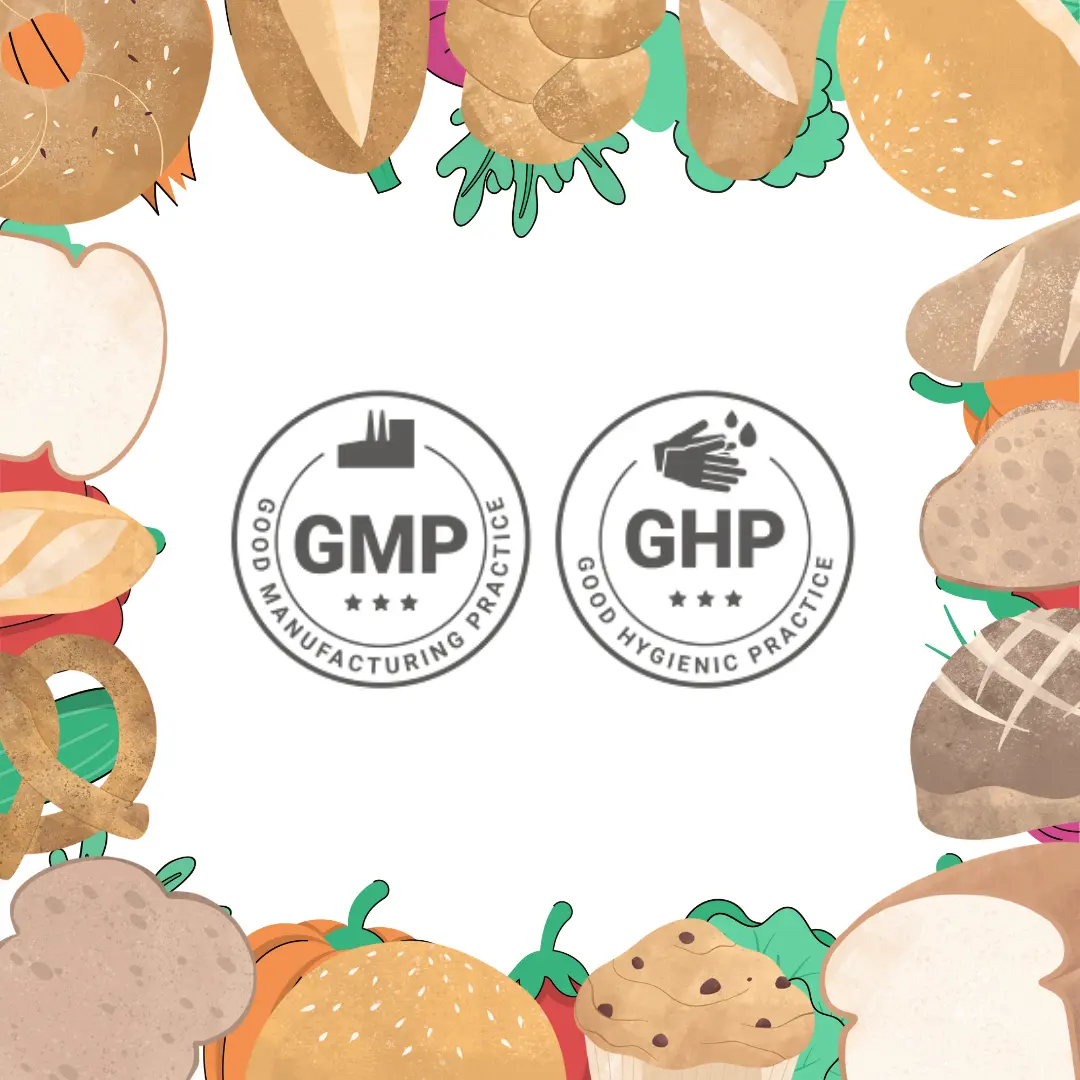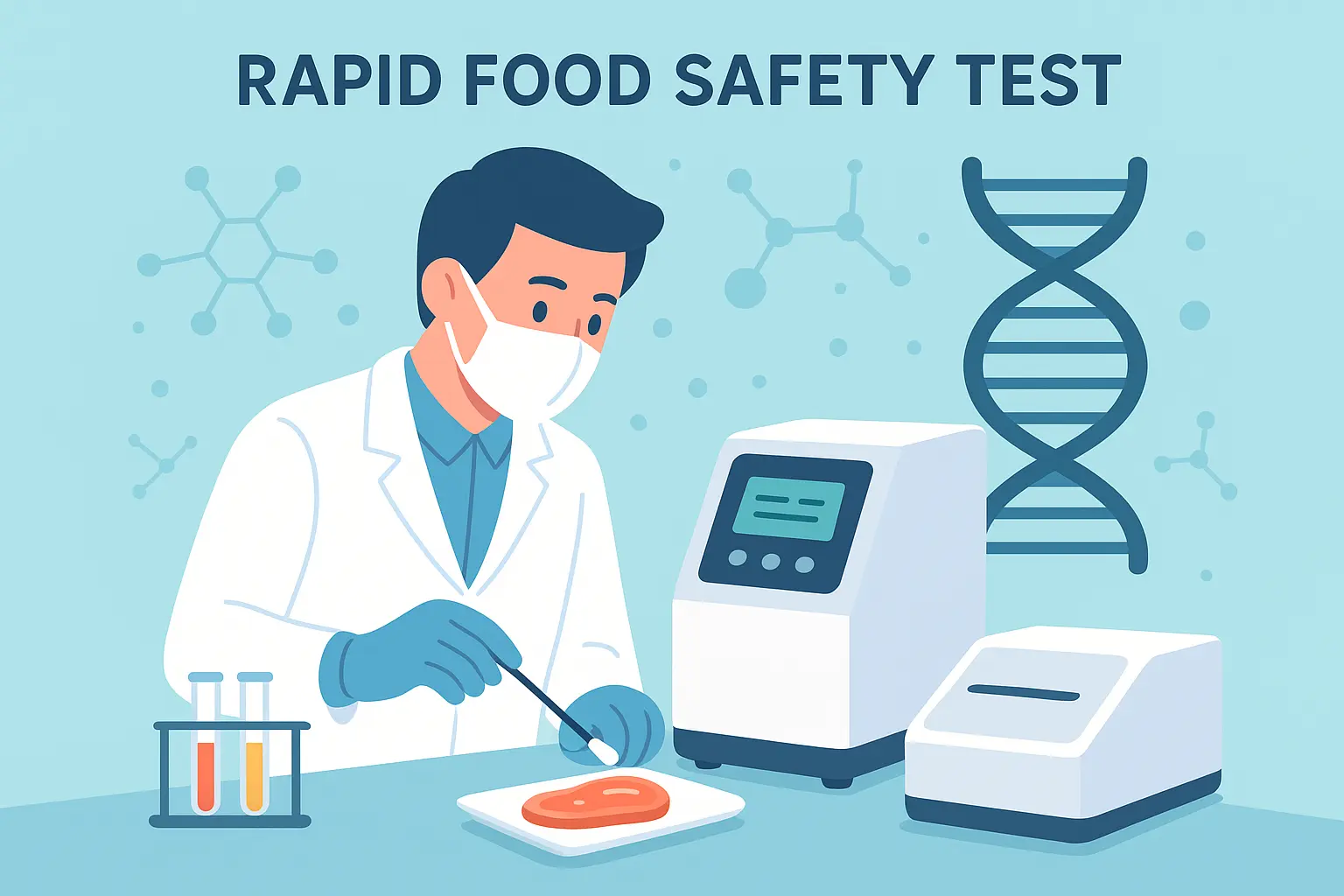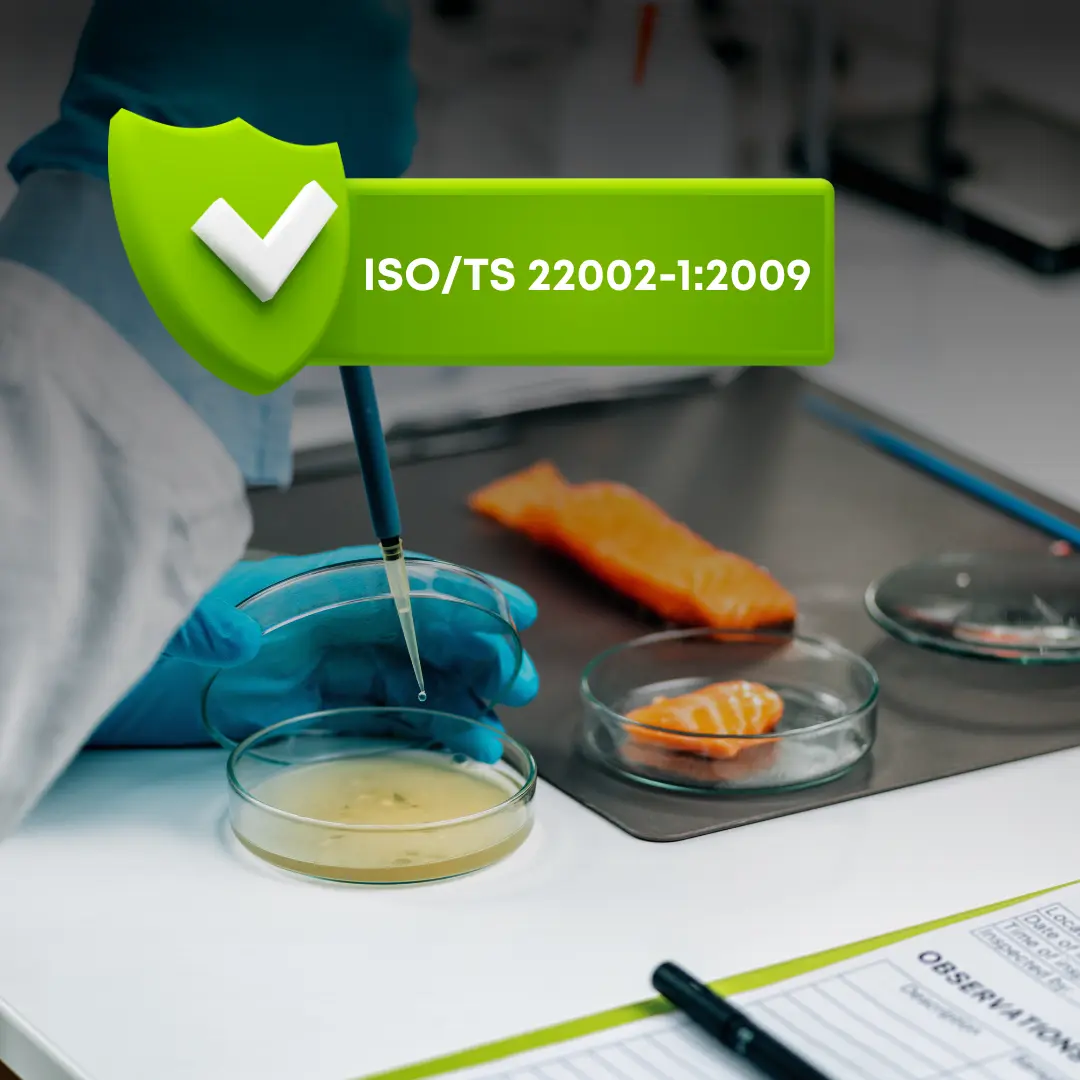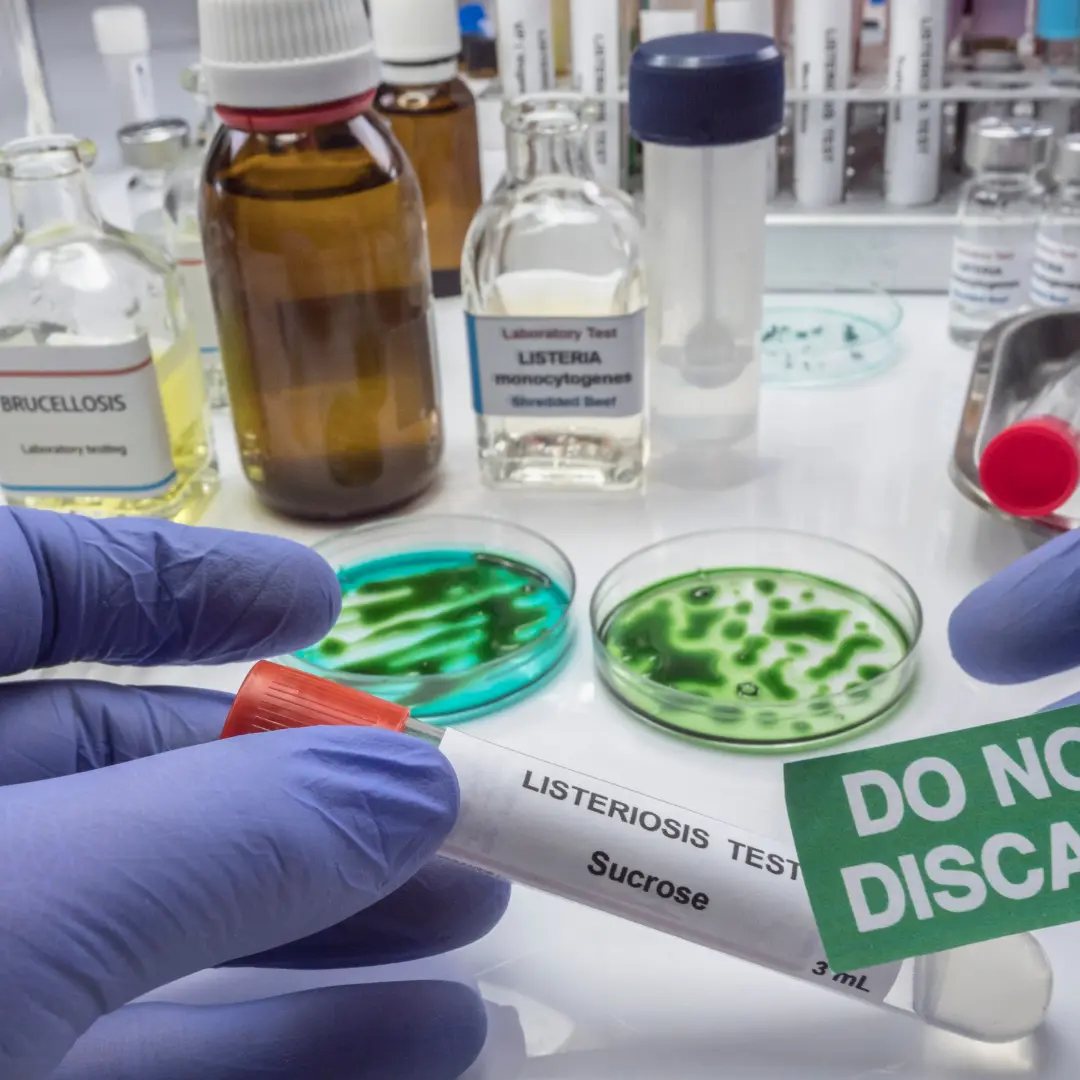The Most Common Hygiene Failures Identified During Food Safety Audits
In food production facilities, hygiene errors can lead to serious consequences—impacting product safety, legal compliance, and brand reputation. Effective hygiene management goes far beyond routine cleaning. It requires a systematic approach that is well-documented and aligned with food safety regulations.
Despite best efforts, many of the hygiene issues detected during audits are the result of inconsistent or unsystematic practices.
On this page, we highlight the 7 most common hygiene errors observed during food safety inspections, and explain how digital solutions can help eliminate these risks before they occur.
Modern tools like Qualiqo—our digital Food Safety and Sanitation Management System—enable proactive hygiene management by standardizing processes, improving traceability, and ensuring audit readiness.

The Importance of Hygiene in Audits
Food safety audits are critical evaluations of hygiene, quality, and regulatory compliance across production processes. Their primary goal is to ensure that consumers receive safe, healthy, and standards-compliant products. These audits not only uncover current risks but also highlight areas for improvement—supporting the development of a strong food safety culture.
Hygiene failures are not just technical oversights; they pose significant risks to a company’s reputation and long-term sustainability. Issues identified during audits can lead to product recalls, production halts, financial penalties, or even long-term damage to brand trust. Non-compliance may also result in legal sanctions and commercial losses.
Sustainable hygiene practices must be implemented not only on audit day but every day. Consistent hygiene management enhances trust among both internal and external stakeholders. That’s why hygiene should be treated not as a checklist item—but as a strategic priority forming the backbone of safe production.
Classification of Hygiene Failures
Hygiene failures are critical breakdowns in food production processes that can directly threaten food safety. For effective analysis and prevention, it’s essential to categorize these issues accurately. Most hygiene failures identified during audits fall into one of three main categories:
1. Personal Hygiene Failures
This includes failure to follow personal hygiene rules, improper use of workwear, and neglecting hand hygiene. These are among the top contributors to microbial contamination in food.
2. Equipment and Environmental Hygiene Failures
Unclean equipment, tools, surfaces, or production areas; lack of hygienic design; or absence of cleaning documentation fall into this category.
3. Process-Related Hygiene Failures
Process mismanagement, such as poor planning, layout design flaws, risk of cross-contamination, or uncontrolled movement patterns. These signal system-level weaknesses and often require structural improvements.
This classification makes it easier to create targeted preventive strategies and build a systematic hygiene management framework.
7 Common Hygiene Failures in Audits—and How to Prevent Them
1. Outdated or Incomplete Cleaning Plans
Manual cleaning plans often become outdated and inconsistent with real-world practices, rendering them ineffective during audits. Missing details about equipment, cleaning frequency, and responsible staff increase the risk.
Solution:
With Qualiqo, you can easily create digital, equipment-specific cleaning plans. Automatic updates and revision tracking ensure your plans are always current and audit-ready.
2. Incomplete or Unreliable Cleaning Records
Even when cleaning is done properly, if records are inaccurate, delayed, or missing, it counts as non-compliance. Paper logs may be lost or filled in retroactively, reducing transparency.
Solution:
Qualiqo’s mobile interface allows real-time recording of cleaning activities. You can track who cleaned what, when, and how—with full traceability.
3. Improper Use or Labeling of Cleaning Chemicals
Unlabeled or improperly stored cleaning chemicals pose serious safety risks. Lack of usage instructions or incorrect chemical use by staff can compromise product safety.
Solution:
All chemicals can be digitally registered in Qualiqo. Usage instructions are included, and labeling procedures are standardized and controlled.
4. Risk of Cross-Contamination
Using the same cleaning tools across different zones or ignoring color-coding guidelines increases cross-contamination risk—one of the most common issues in audits.
Solution:
Qualiqo links each cleaning tool to a specific zone. The system can issue warnings if equipment is used outside of its designated area, helping maintain hygiene discipline.
5. Lack of Training and Personnel Hygiene Monitoring
The weakest link in hygiene processes is often human error. Cleaning performed by untrained or undocumented staff can be disqualified during audits.
Solution:
With Qualiqo, all employee training records and certificates are stored digitally. Onboarding plans for new staff can also be created and tracked easily.
6. Incomplete Pest Control Records
Even if pest control is in place, missing records on trap placements and inspection findings can be seen as a major gap during audits.
Solution:
Qualiqo’s IPM (Integrated Pest Management) module allows you to manage pest control plans, track traps, document inspections, and generate reports—all in one place.
7. Lack of Clarity in Microbiological Control Plans
Missing sampling protocols, undocumented lab results, or unclear testing frequency are serious audit risks. These indicate potential contamination control failures.
Solution:
In Qualiqo, ATP and EMP testing processes can be defined and logged. Test results are securely stored and readily available for audits.
Hygiene Management, Reinvented with Digital Systems
Hygiene failures often result not from poor cleaning—but from the lack of monitoring, documentation, and systemization. Digital solutions like Qualiqo make hygiene management transparent, traceable, and sustainable.
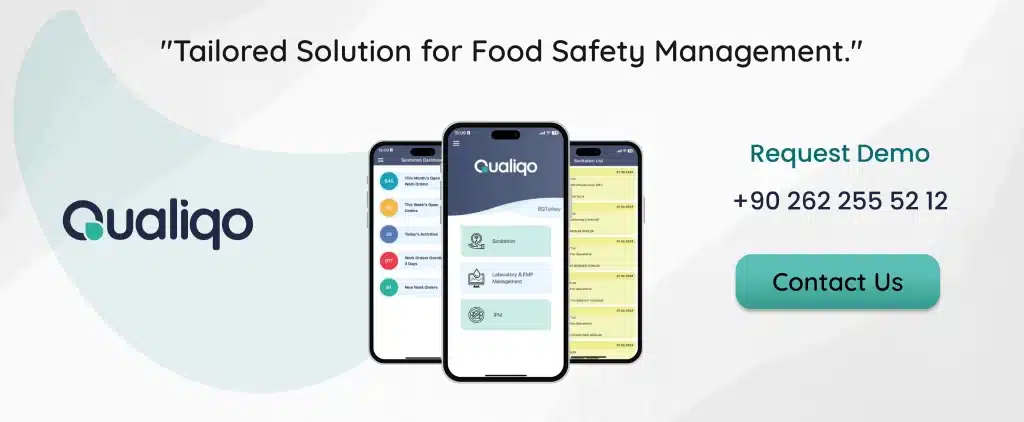
Next Steps
For food companies seeking efficiency, Qualiqo offers a reliable, all-in-one sanitation management solution. Qualiqo is designed to streamline food safety and sanitation processes for better operational control. It helps businesses track cleaning schedules, verify tasks, and meet food safety standards. Features include audit management, real-time alerts, and complete traceability across operations. With Qualiqo, food businesses embrace digital transformation and reinforce their food safety commitment.
Did you get enough information about “Hygiene Errors: 7 Critical Risks and How to Prevent Them“
Qualiqo is here to help you. It answers your questions about sanitation and hygiene, Lab. & EMP, IPM and Pest Control. We also provide information about the main features and benefits of the software.
We help you access the Qualiqo demo and even get a free trial.Hygiene Errors: 7 Critical Risks and How to Prevent Them




